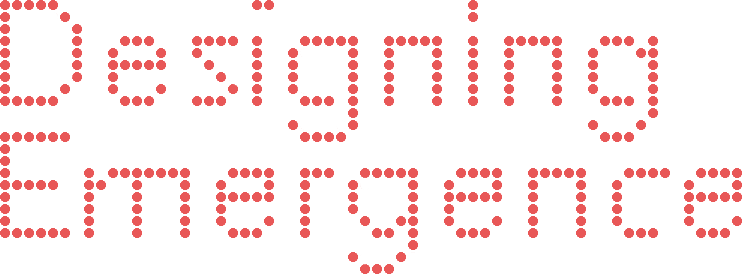Growth and Decay: Emergent HeMesh

Previously, I spoke about wanting to create a program that would allow geometric shapes to grow and develop themselves. HeMesh was a perfect platform to make that program. I wrote an app that used HeMesh’s modifiers to change the form of the shape according to a specific rule. The logic of the app is similar to the one in Emergent Doodles. There are two rulesets. The first ruleset is a sequence of letters that correspond to modifiers that change the shape one step at a time. The second ruleset, simplifies the form after the number of faces reaches 5000. Along with modifying the form, the second rule prevents the shape from getting too complex and allows the application to run smoothly. Below are some of the forms I was able to create using these rules.
Ultimately, I am not satisfied with my work so far. First of all, the application was slow to simplify the mesh and would crash before the forms could fully develop. Also, the shapes themselves seemed a little contrived and I wasn’t excited by any of the forms produced. I want to continue exploring the idea of self-modification of geometric shapes but it seems that I have to approach the problem slightly differently. Rather than continuously modifying the meshes, I can perhaps create a new mesh after the threshold that is derived from the old mesh. The tricky thing is to create a form that is similar enough to seem linked but not seem contrived/user influenced. I want to focus on finding the right balance between the two and create some awesome shapes.
On a related note, I came across the work of Ernst Haeckel, who documented over 3000 Radiolarian Species. Radolaria are a type of protozoa that use emergence to create their forms. I would like to understand the way these forms are produced and perhaps use similar methods for my own creations. Stay tuned!

Leave a Reply